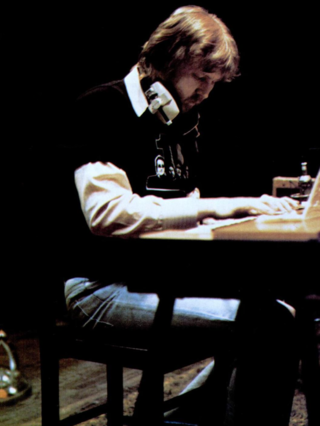
Harry Edward Nilsson III, sometimes credited as Nilsson, was an American singer-songwriter who reached the peak of his success in the early 1970s. His work is characterized by pioneering vocal overdub experiments, a return to the Great American Songbook, and fusions of Caribbean sounds. Nilsson was one of the few major pop-rock recording artists to achieve significant commercial success without performing major public concerts or touring regularly.

Randall Stuart Newman is an American singer-songwriter, arranger, composer, conductor and pianist known for his Southern-accented singing style, early Americana-influenced songs, and various film scores. His hits as a recording artist include "Short People" (1977), "I Love L.A." (1983), and "You've Got a Friend in Me" (1995) with Lyle Lovett, while other artists have enjoyed success with cover versions of his "Mama Told Me Not to Come" (1966), "I Think It's Going to Rain Today" (1968) and "You Can Leave Your Hat On" (1972).

12 Songs is the second studio album by American singer-songwriter Randy Newman, released in April 1970 by Reprise Records. It features a swampy style of roots music with introspective, satirical songwriting. "Have You Seen My Baby?", the album's only single, was released in May.

Alan Price is an English musician who first found prominence as the original keyboardist of the English rock band the Animals. He left the band in 1965 to form the Alan Price Set; his hit singles with and without the group include "Simon Smith and the Amazing Dancing Bear", "The House That Jack Built", "Rosetta" and "Jarrow Song". Price is also known for work in film and television, taking occasional acting roles and composing the soundtrack to Lindsay Anderson's film O Lucky Man! (1973). He was inducted into the Rock and Roll Hall of Fame in 1994 as a member of the Animals.
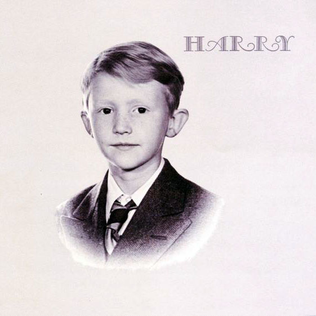
Harry is the fourth studio album by Harry Nilsson, released August 1969 on RCA. It was his first album to get onto Billboard Magazine's Billboard 200 chart, remaining there for 15 weeks and reaching #120.

Nilsson Sings Newman is the fifth studio album by American singer-songwriter Harry Nilsson, released in February 1970 on RCA Victor. It features songs written by Randy Newman. Recorded over six weeks in late 1969, the album showcases Nilsson's voice multi-tracked in layers of tone and harmony. Its arrangements are otherwise sparse, with most of the instrumentation provided by Newman on piano. The record was not a great commercial success, but won a 1970 "Record of the Year" award from Stereo Review magazine. The LP record cover art was illustrated by Dean Torrence.

Sail Away is the third studio album by Randy Newman, released on May 23, 1972. It was produced by Lenny Waronker and Russ Titelman and issued on Reprise Records. While all of its songs were written and composed by Newman, several had already been recorded by other artists.
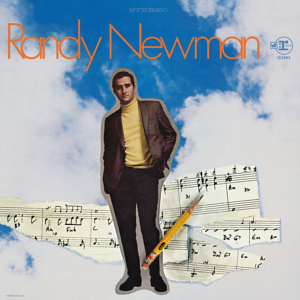
Randy Newman is the debut studio album by American singer-songwriter Randy Newman, released in 1968 by Reprise Records. The album is sometimes referred to as Randy Newman Creates Something New Under the Sun, written on the reverse of the album sleeve. Newman had been a noted songwriter for some years prior to the release of his debut, which was advertised as sounding "like a greatest hits". In contrast to his later albums which usually feature Newman and his piano with a rock backing, Randy Newman is highly orchestral.
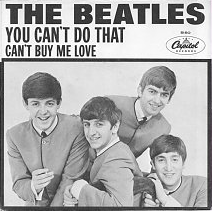
"You Can't Do That" is a song written by John Lennon and released by the English rock band the Beatles as the B-side of their sixth British single "Can't Buy Me Love". It was later released on their third UK album A Hard Day's Night (1964). A live rendition of the song was released on the 2016 re-release of The Beatles at the Hollywood Bowl.
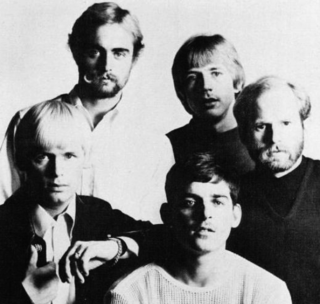
Harpers Bizarre was an American sunshine pop band of the 1960s, best known for their Broadway/sunshine pop sound and their cover of Simon & Garfunkel's "The 59th Street Bridge Song ."

Ella is a 1969 studio album by the American jazz singer Ella Fitzgerald and the first of two albums she recorded for the Warner Bros. owned Reprise label. This album continues the theme set on Fitzgerald's previous album, consisting in the main part of cover versions of popular songs from the late 1960s. The production of this recording was in the hands of Richard Perry, who had joined the Reprise label in 1967. Perry later went on the produce albums by Barbra Streisand and Diana Ross. The album was re-issued on CD with alternative artwork, in 1989. Released together on one CD with Ella's final album recorded for Reprise label, Things Ain't What They Used to Be .

Feelin' Groovy is the debut album by the American sunshine pop band Harpers Bizarre, released in 1967.
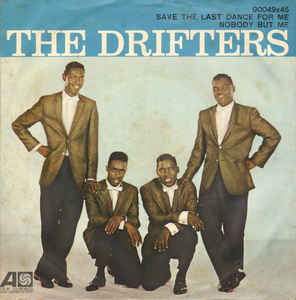
"Save the Last Dance for Me" is a song written by Doc Pomus and Mort Shuman, first recorded in 1960 by American musical group the Drifters with Ben E. King on lead vocals. It has since been covered by several artists, including Dalida, the DeFranco Family, Emmylou Harris, Dolly Parton, and Michael Bublé.
"Is That All There Is?", a song written by American songwriting team Jerry Leiber and Mike Stoller during the 1960s, became a hit for American singer Peggy Lee and an award winner from her album of the same title in November 1969. The song was originally performed by Georgia Brown in May 1967 for a television special. It was first recorded by disc jockey Dan Daniel in March 1968, but this was an unauthorized recording that, while played on Daniel's own radio show, went unissued at the songwriters' request. The first authorized recording was by Leslie Uggams in August 1968. Then came the hit Peggy Lee version in August 1969, followed by Guy Lombardo in 1969 and Tony Bennett on 22 December 1969.
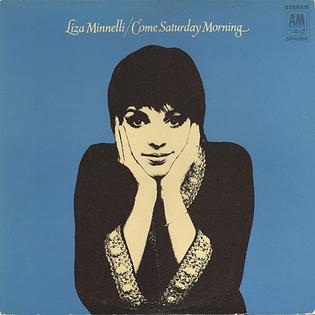
Come Saturday Morning is the fifth studio album by American singer and actress Liza Minnelli, released in 1969 by A&M Records, her second with the label. In the UK it was released as Introducing Liza Minnelli.
"The Puppy Song" is a Harry Nilsson song that appeared on his album Harry released in August 1969. Nilsson originally wrote this song at Paul McCartney's request for Mary Hopkin, an 18-year-old singer that McCartney had signed to Apple Records and whose first album, Post Card would feature her version of Nilsson's song. David Cassidy released his version as a double A-side single with "Daydreamer", which reached No. 1 on the UK Singles Chart in 1973.
"This Could Be the Night" is a song recorded by the American band Modern Folk Quartet (MFQ) in 1965. The lyrics describe a couple on the verge of conquering their inhibitions. Written in tribute to the Beach Boys' leader Brian Wilson, the song is one of three that are credited jointly to Harry Nilsson and Phil Spector, although Nilsson submitted that he was the sole writer on a 1966 copyright form.

"Anyone Who Knows What Love Is (Will Understand)" is a 1964 R&B song written by Jeannie Seely and Randy Newman. It was recorded by Irma Thomas and released as a single the same year, with "Time Is on My Side" as the B-side. The song is about a woman who stays in a relationship with a man despite his bad behavior.

"The House That Jack Built" is a song written by Alan Price and recorded by the Alan Price Set. It was Price's first self-composed single, as well as his first self-produced recording. Released by Decca, the song reached number four on the UK Singles Chart in September 1967. It was included on the Alan Price Set's second album A Price on His Head (1967).

Perspective is the eighteenth studio album by American singer Ricky Nelson, and his eleventh for Decca Records.
















